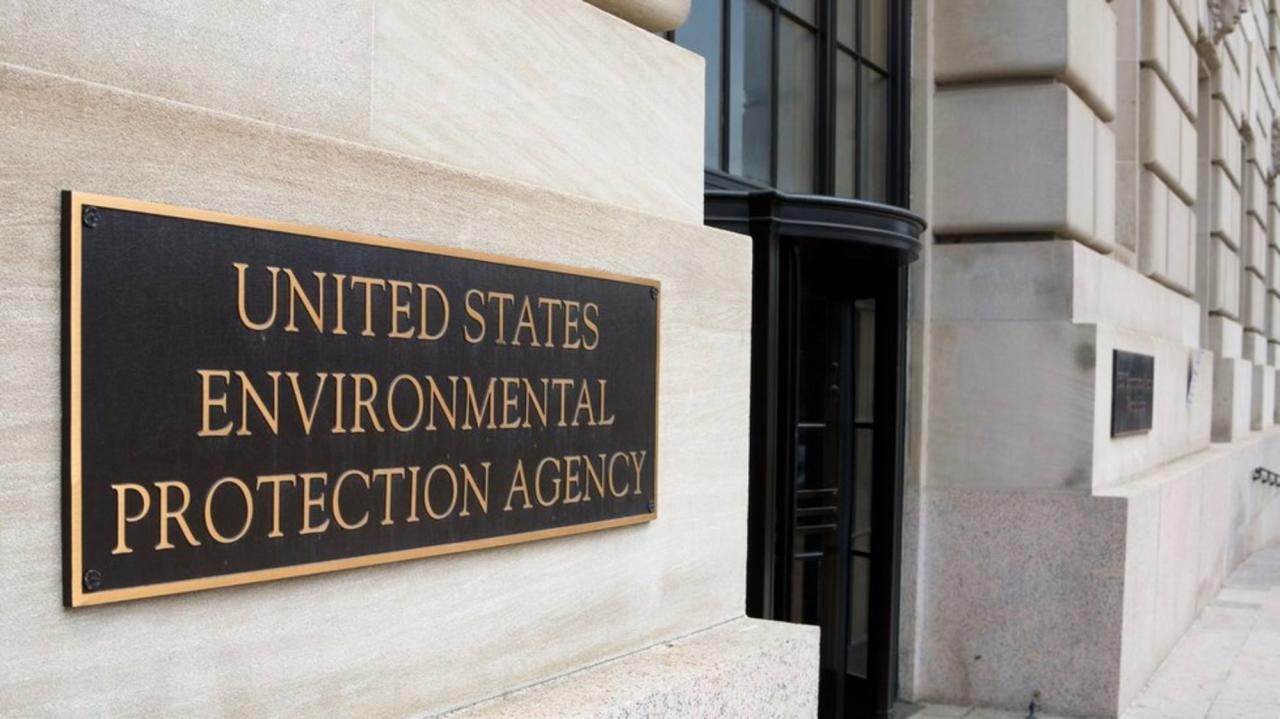Thought Piece

Cost-Benefit Reform at the EPA: Under Obama, the EPA juked the numbers to justify costly regulation. It is about time that the EPA returns to the fiscal discipline of cost and benefit analysis, after 8 years of torturing the numbers and changing basic definitions while choosing its preferred reports, studies, University, and scientific authors. In 2013, when the EPA did a preliminary (and probably defensible) Cost/Benefit analysis on the Clean Power Plan, the benefit of the CPP turned out to be $8.5 million from pregnant women eating fish from Lake Michigan. Secretary McCarthy didn’t help when she testified in front of Congress in 2013 that the Clean Power Plan would only reduce carbon emissions .01 % globally, but claimed it was symbolically important. Unsurprisingly, the EPA started using ethereal terms like “cost of carbon, “social benefits, and “indirect health benefits,” which have never had a strict or objective financial values attached to any of them. As a longtime observer of the EPA, I have worried about the 4,000 plus environmental regulations passed by 2009-2017 EPA without many of them receiving a nonpartisan vetting of the fiscal effects. Scott Pruitt is certainly right to reinstall cost/benefit analysis as precondition for any new EPA regulations.
Cost-Benefit Reform at the EPA
Under Obama, the EPA juked the numbers to justify costly regulation.
Barack Obama’s Environmental Protection Agency jammed through an average of 565 new rules each year during the Obama Presidency, imposing the highest regulatory costs of any agency. It pulled off this regulatory spree in part by gaming cost-benefit analysis to downplay the consequences of its major environmental rules. The Trump Administration has already rolled back some of this overregulation, and now Administrator Scott Pruitt wants to stop the EPA’s numerical shenanigans, too.
On Thursday the EPA will take the first step toward a comprehensive cost-benefit reform by issuing an advance notice of proposed rule-making. After weighing public input, EPA will propose a rule establishing an agency-wide standard for how regulations are assessed. The reform would make it easier for Americans and their elected representatives to see whether more regulation is truly justifiable.
The EPA has a statutory obligation to look at the costs and benefits of many proposed rules. That responsibility has been reinforced by executive orders and court rulings. But while all three branches of government have supported such assessments, they leave the EPA broad discretion. Enter the Obama Administration, which saw the chance to add additional considerations to the cost-benefit equation.
This proved as politically useful as it was scientifically imprecise. Months before introducing the Clean Power Plan, the EPA suddenly raised the social cost of a ton of carbon emissions to an average of $36 from $21. Before it embarked on new oil and gas regulations, the EPA put the social cost of methane at an average of $1,100 per ton.
At White House direction, the Trump EPA recalculated those figures last year to include only demonstrable domestic benefits. The social cost estimates dropped to an average of $5 per ton of carbon and $150 per ton of methane. That made a big difference in the cost-benefit analysis. While the Obama Administration claimed the Clean Power Plan would yield up to $43 billion in net benefits by 2030, the Trump EPA concluded it would carry a $13 billion net cost.
Another statistical sleight of hand involves the Mercury and Air Toxics Standards. The regulation’s stated purpose was to reduce mercury pollution, but the EPA added the rule’s potential to decrease dust. That was irrelevant to the central question of whether it was worthwhile to regulate mercury as proposed. But without the erroneous co-benefits, EPA would find such regulations tougher to justify.
On his first day in office, Mr. Pruitt said his goal was to protect the environment and the economy, and that “we don’t have to choose between the two.” His many ethics controversies have distracted from that mission, but this cost-benefit reform is a welcome return.






